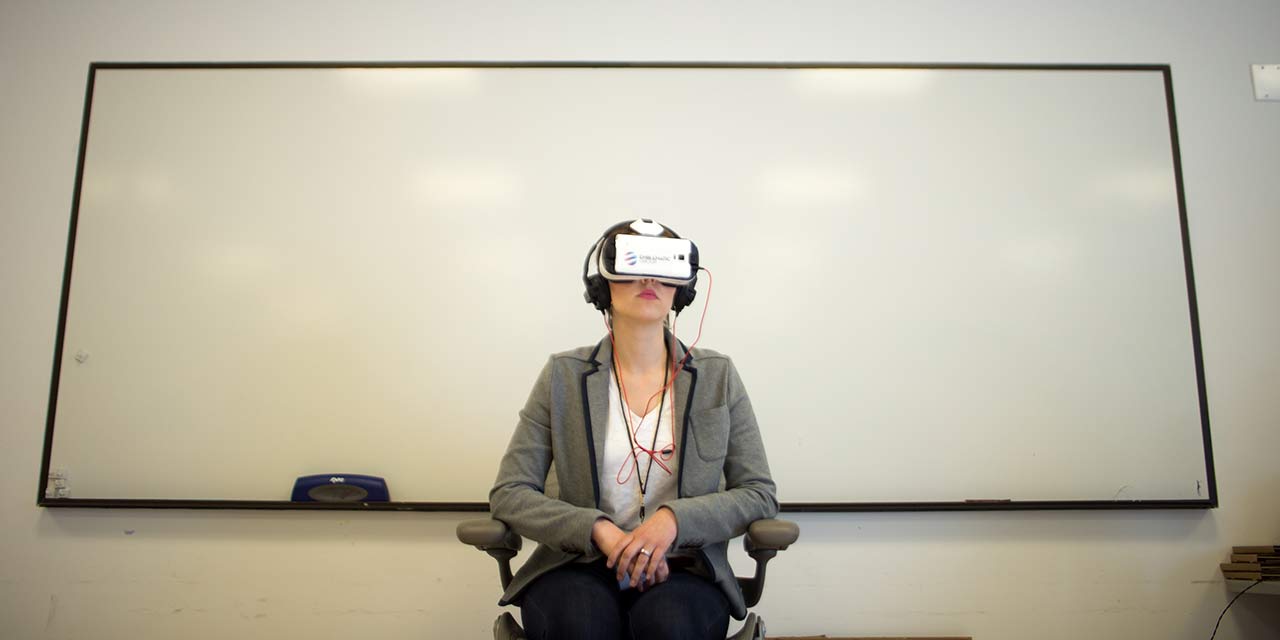Ever since the virtual tourism that William Gruber made possible with his 1939 View-Master stereoscope, we have tried to use photography and screens to invite people into virtual reality (VR) and immersive experiences.
Gruber’s marketplace was armchair tourists—a user would hold the device to his or her eyes and be transported to Paris or Giza. Immersion engages our attention so completely that the rapt viewer cannot help but grow intimate with the subject at hand.
Subscribe to Top Hat’s weekly blog recap
Get the best posts of the week delivered to your inbox:
The investment bank Citi estimates that the market for VR equipment and software will hit $200 billion by 2020, and much of the drive for that investment is not just from gaming but from the education sector.
What will be the real providence of today’s “View-Master” in the classroom? Virtual reality headsets seem to be settling in particular niches of study. Hard sciences, where 3D immersion has the potential to clarify especially complex models and processes, are one of the more natural fits for VR.
It’s fun to take kids on virtual safaris via Google’s Pioneer Expeditions, but the most meaningful VR in education, at least in a postsecondary setting, may derive from platforms like Step Into the Light, where a professor can, for example, don a robot avatar in order to teach an online class about string theory. In such a classroom, VR is no longer just an entertaining gloss over the subject at hand; it becomes integral to a holistic understanding, a three-dimensional aide to the imagination.
Meanwhile, at Stanford University’s Salisbury Robotics Lab, a VR program allows surgeons to practice their technique on avatars before moving on to humans. Eon Reality creates VR programs that allow students to engage with engine designs and aerospace equipment. And Curiscope has even designed a “virtual tee” students can wear, which interfaces with a cellphone app so that users can understand the placement of organs on a moving body.
Clive Thompson, the former editor of Wired, once posited that humans can engage in “centaur thinking”—become human-machine hybrids—if we intelligently pair with our devices, gaining access to levels of brain function beyond our ordinary state. Professors teaching string theory classes in the guise of VR robots are outstanding examples of that centaur experience.


